Unequal Burdens: Racial Differences in ICU Stress during the Third Wave of COVID‑19
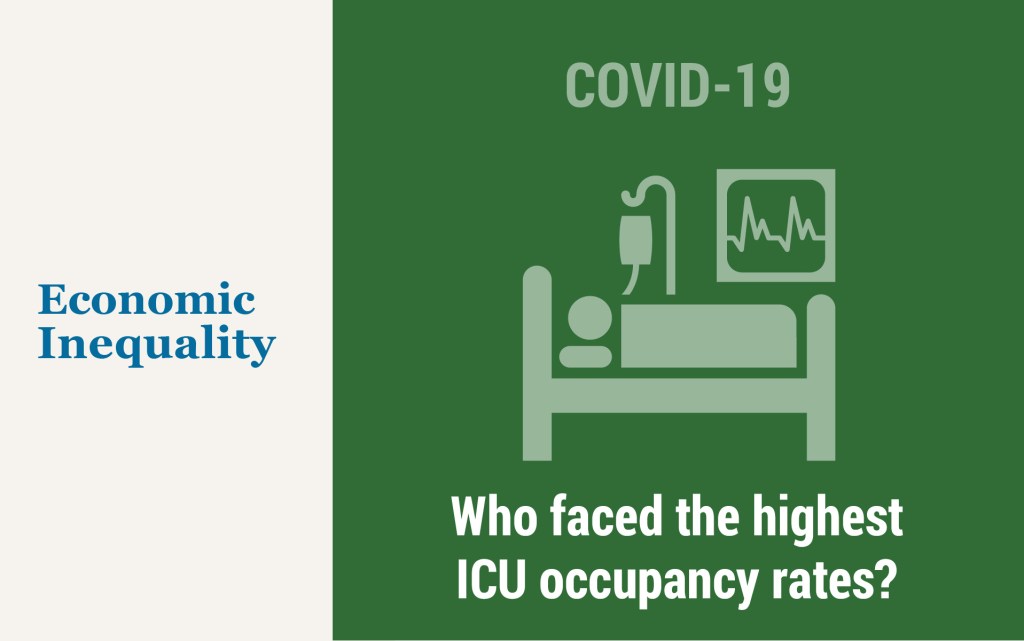
A critical risk during the COVID-19 pandemic has been the possibility of the hospital system becoming overwhelmed. COVID-19 not only has killed nearly 2 percent of people with confirmed infections but causes many more who contract it to develop severe complications that are potentially fatal if not treated in an intensive care unit (ICU). As ICU capacity is based on typical needs for intensive care before the pandemic, a surge of COVID-related ICU patients may leave no room for individuals requiring intensive care for other reasons—such as heart attacks—or may exceed the total ICU capacity to treat even COVID-19 patients. In this post, we investigate the extent to which members of different racial and ethnic groups faced different levels of hospital system stress during the “third wave” of COVID-19 in the winter of 2021, which, as the largest wave to hit the United States, briefly brought intensive care units around the country to the point of being overwhelmed. We find that while Black and Hispanic individuals faced the greatest exposure to overburdened ICUs over the course of the third wave from beginning to end, Asian American and Pacific Islanders (AAPI) went from experiencing more stable ICU capacities than the national average at the beginning of the wave to a nearly overwhelmed ICU system at its peak.
Credit, Income, and Inequality
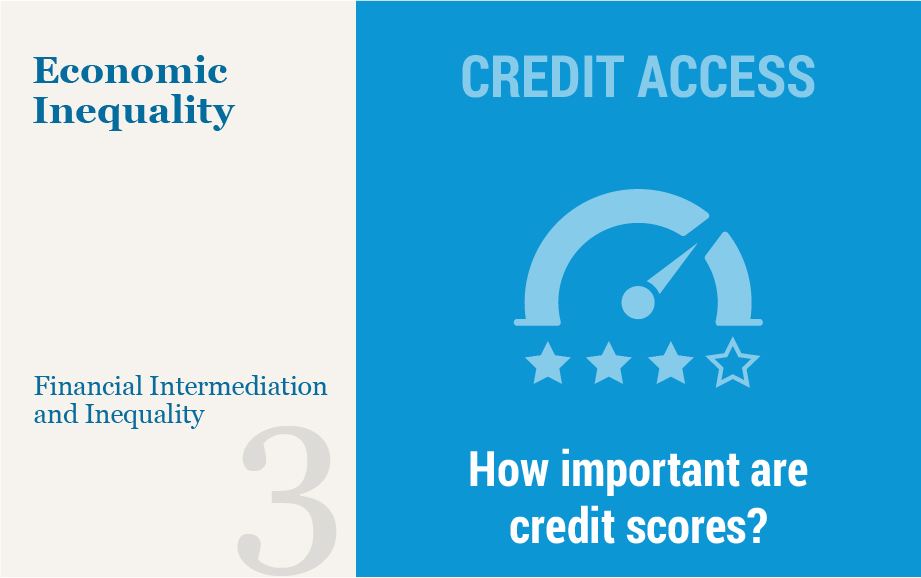
Access to credit plays a central role in shaping economic opportunities of households and businesses. Access to credit also plays a crucial role in helping an economy successfully exit from the pandemic doldrums. The ability to get a loan may allow individuals to purchase a home, invest in education and training, or start and then expand a business. Hence access to credit has important implications for upward mobility and potentially also for inequality. Adverse selection and moral hazard problems due to asymmetric information between lenders and borrowers affect credit availability. Because of these information issues, lenders may limit credit or post higher lending rates and often require borrowers to pledge collateral. Consequently, relatively poor individuals with limited capital endowment may experience credit denial, irrespective of the quality of their investment ideas. As a result, their exclusion from credit access can hinder economic mobility and entrench income inequality. In this post, we describe the results of our recent paper which contributes to the understanding of this mechanism.
Who Benefited from PPP Loans by Fintech Lenders?

In the previous post, we discussed inequalities in access to credit from the Paycheck Protection Program (PPP), showing that, although fintech lenders had a small share of total PPP loan volumes, they provided important support for underserved borrowers. In this post, we ask whether smaller firms received the amount of PPP credit that they requested, and whether loans went to the hardest-hit areas and mitigated job losses. Our results indicate that fintech providers were a key channel in reaching minority-owned firms, the smallest of small businesses, and borrowers most affected by the coronavirus pandemic.
Who Received PPP Loans by Fintech Lenders?
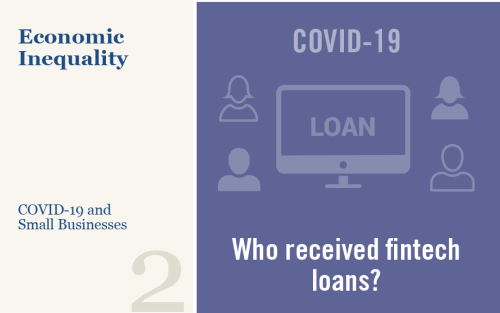
Small businesses not only account for 47 percent of U.S employment but also provide a pathway to success for minorities and women. During the coronavirus pandemic, these small businesses—especially those owned by minorities—were hard hit as consumers reduced spending disproportionately on services that require in-person physical interaction, such as hotels and restaurants. In response, the U.S. government launched the Paycheck Protection Program (PPP) to provide guaranteed and potentially forgivable small business loans. In this post, we examine financial technology (fintech) lenders participating in the PPP and find that, while disbursing only a small share of total loan amounts, they provide important support to minority business owners, who have in the past been underserved by the traditional banking industry.
What Happens during Mortgage Forbearance?
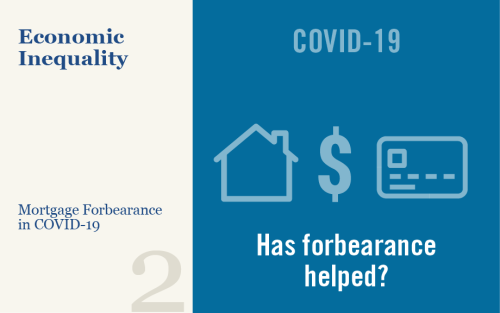
As we discussed in our previous post, millions of mortgage borrowers have entered forbearance since the beginning of the pandemic, and over 2 million remain in a program as of March 2021. In this post, we use our Consumer Credit Panel (CCP) data to examine borrower behavior while in forbearance. The credit bureau data are ideal for this purpose because they allow us to follow borrowers over time, and to connect developments on the mortgage with those on other credit products. We find that forbearance results in reduced mortgage delinquencies and is associated with increased paydown of other debts, suggesting that these programs have significantly improved the financial positions of the borrowers who received them.
Who’s Ready to Spend? Constrained Consumption across the Income Distribution
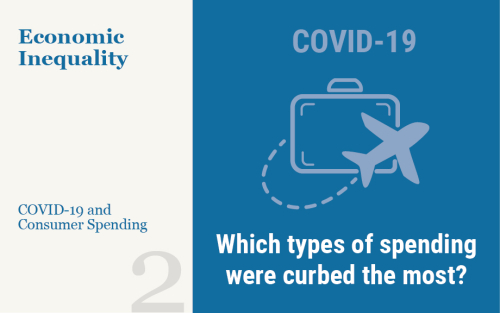
Spending on goods and services that were constrained during the pandemic is expected to grow at a fast pace as the economy reopens. In this post, we look at detailed spending data to track which consumption categories were the most constrained by the pandemic due to social distancing. We find that, in 2019, high-income households typically spent relatively more on these pandemic-constrained goods and services. Our findings suggest that these consumers may have strongly reduced consumption during the pandemic and will likely play a crucial role in unleashing pent-up demand when pandemic restrictions ease.
Black and White Differences in the Labor Market Recovery from COVID‑19
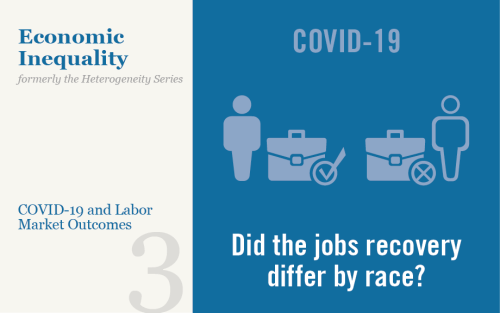
The ongoing COVID-19 pandemic and the various measures put in place to contain it caused a rapid deterioration in labor market conditions for many workers and plunged the nation into recession. The unemployment rate increased dramatically during the COVID recession, rising from 3.5 percent in February to 14.8 percent in April, accompanied by an almost three percentage point decline in labor force participation. While the subsequent labor market recovery in the aggregate has exceeded even some of the most optimistic scenarios put forth soon after this dramatic rise, this recovery has been markedly weaker for the Black population. In this post, we document several striking differences in labor market outcomes by race and use Current Population Survey (CPS) data to better understand them.














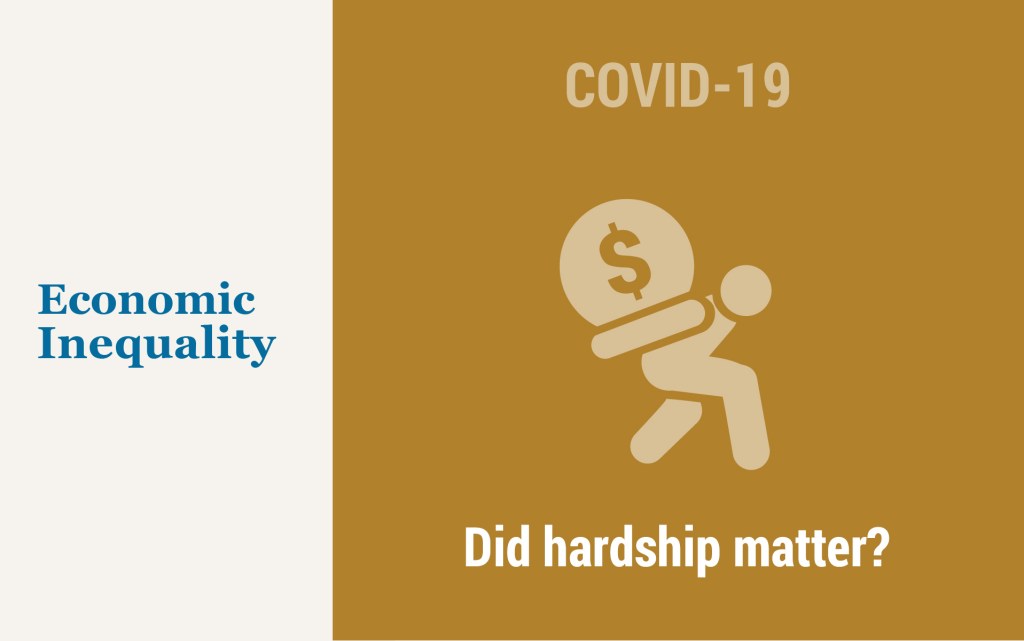

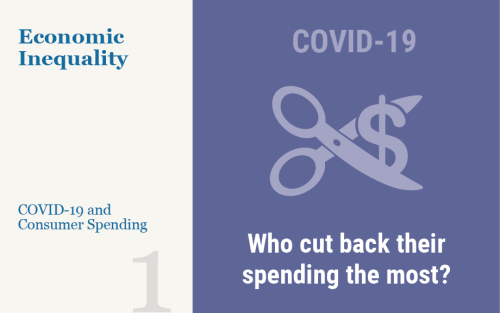
 RSS Feed
RSS Feed Follow Liberty Street Economics
Follow Liberty Street Economics